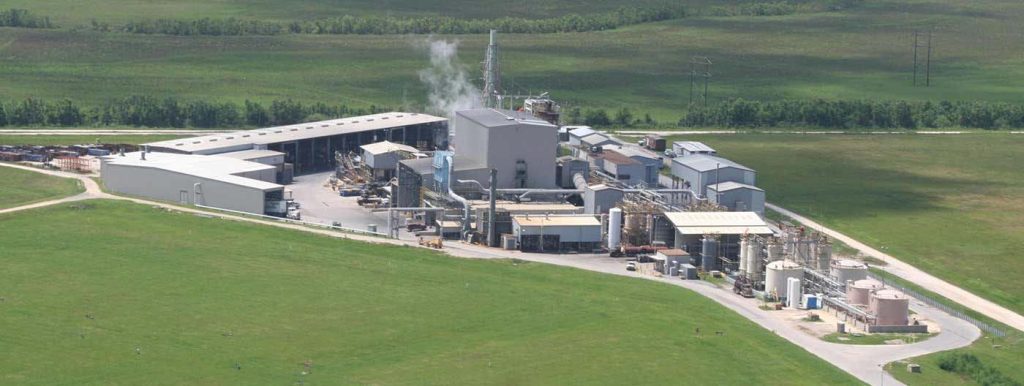0
s
of Jobs
Completed
5 Star Customer Rating
Get A Free Quote:
Chemical waste is any solid, liquid, or gaseous waste material that, if improperly managed or disposed of, may pose substantial hazards to human health and the environment. All of our chemical waste is tested via a lab and disposed under the correct EPA guidelines.

Dispose of hazardous chemicals safely with our comprehensive chemical waste disposal services.
100% Satisfication Gaurented Service
Effectively handle and neutralise chemical waste with our specialised services. We provide secure disposal methods that protect your business, employees, and the environment from harmful substances.
5 Star Customer Rating
“Know More Waste has the experience to dispose of your waste quickly and efficiently, all while saving you money.”


“We had a lot of hazardous waste that we needed to dispose of. Daniel and his team were professional and punctual, gave us a great price, and helped to relieve a very stressful situation. Would highly recommend."





In laboratories, chemical waste is usually segregated on-site into appropriate waste codes and disposed to meet safety, health, and legislative requirements.
Waste organic solvents are separated into chlorinated and non-chlorinated solvent waste. Chlorinated solvent waste is usually incinerated at high temperatures to minimize the formation of dioxins. Non-chlorinated solvent waste can be burned for energy recovery.
In contrast, chemical materials should not be washed down a drain. This list includes compounds with transitional metals, biocides, cyanides, mineral oils and hydrocarbons, poisonous organosilicon compounds, metal phosphides, phosphorus elements, and fluorides and nitrites.
The (EPA) prohibits disposing of certain materials down drains. This includes flammable liquids, liquids capable of causing damage to wastewater facilities (this can be determined by the pH, highly viscous materials capable of obstructing the wastewater system, radioactive materials, materials that have or create a strong odor, wastewater capable of significantly raising the temperature of the system, and pharmaceuticals or endocrine disruptors.

Chemical waste disposal is the process of safely managing and disposing of waste materials that contain hazardous chemicals. This includes identifying the type of chemical waste, storing it in appropriate containers, and ensuring it is treated or disposed of in a way that minimises harm to people and the environment. Chemical waste disposal often involves specialised procedures, such as incineration, neutralisation, or secure landfill burial, depending on the nature of the waste. It is a critical aspect of environmental management and public safety, governed by strict regulations and guidelines to prevent pollution and health hazards.
Safe disposal of chemical waste is crucial to prevent harm to humans, animals, and the environment. The first step is to identify the type of chemical waste you’re dealing with by checking its label or safety data sheet (SDS). Once identified, segregate the chemical waste according to its hazard class—such as corrosive, flammable, or toxic. Chemical waste should never be disposed of down the drain or in regular rubbish bins. Instead, it must be stored in appropriate containers, labelled correctly, and taken to a licensed hazardous waste disposal facility. Always follow local regulations and guidelines for chemical waste disposal to ensure safety and compliance.
Disposing of cleaning chemical waste requires careful attention to avoid environmental contamination. Begin by checking the label or safety data sheet (SDS) of the cleaning product to understand its disposal requirements. Many household cleaning chemicals can be diluted and disposed of down the drain with plenty of water, but this is not safe for all chemicals. Industrial or more hazardous cleaning chemicals should be stored in their original containers, clearly labelled, and taken to a local hazardous waste disposal site. It's important to avoid mixing different chemicals, as this can cause dangerous reactions.
Chemicals must be properly prepared for disposal to minimise the risk of accidents and environmental harm. Start by ensuring the chemical is in its original container or another suitable, leak-proof container. The container should be labelled with the chemical name, concentration, and hazard class. If the chemical is unstable or reactive, it might require special handling or neutralisation before disposal. For certain chemicals, such as acids or bases, dilution or neutralisation can be carried out under controlled conditions, but this should only be done by trained personnel. Always follow local regulations and seek advice if unsure about the correct preparation and disposal method.
Correct disposal of chemical waste is vital to protect public health and the environment. Improper disposal can lead to the contamination of water supplies, soil, and air, posing risks to wildlife and human populations. Chemicals disposed of incorrectly can also cause dangerous reactions, fires, or explosions, particularly if they come into contact with incompatible substances. Moreover, many jurisdictions have strict regulations governing chemical waste disposal, and failing to comply can result in hefty fines or legal penalties. Proper disposal ensures that harmful substances are managed safely, reducing the risk of accidents and environmental damage.
